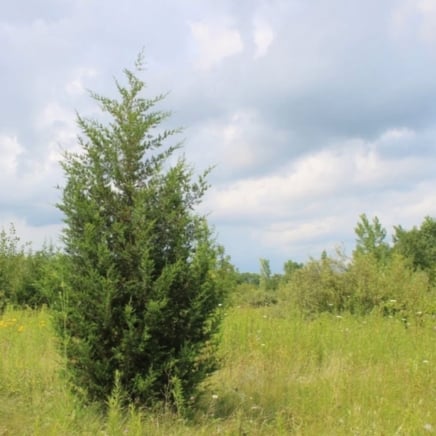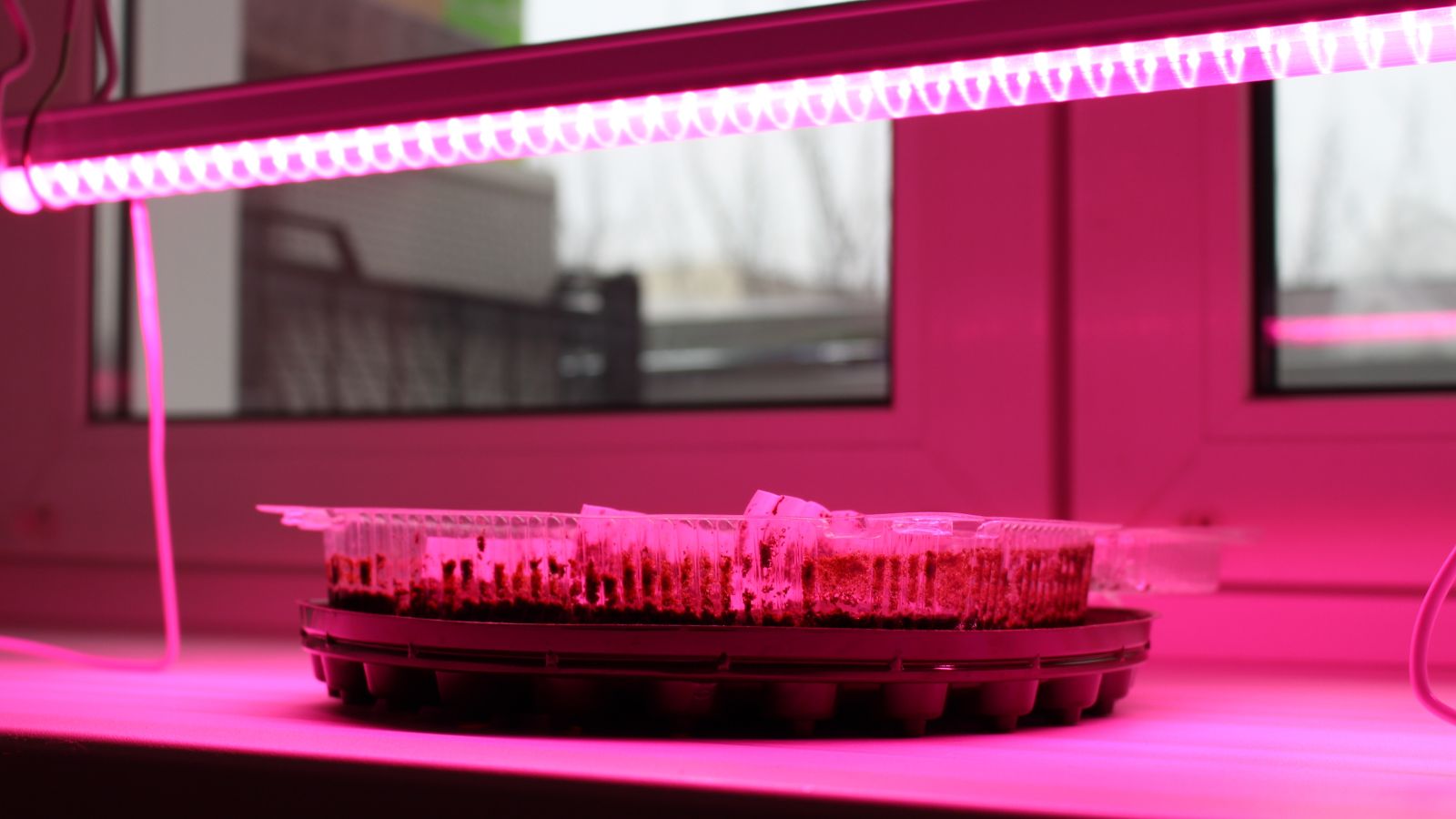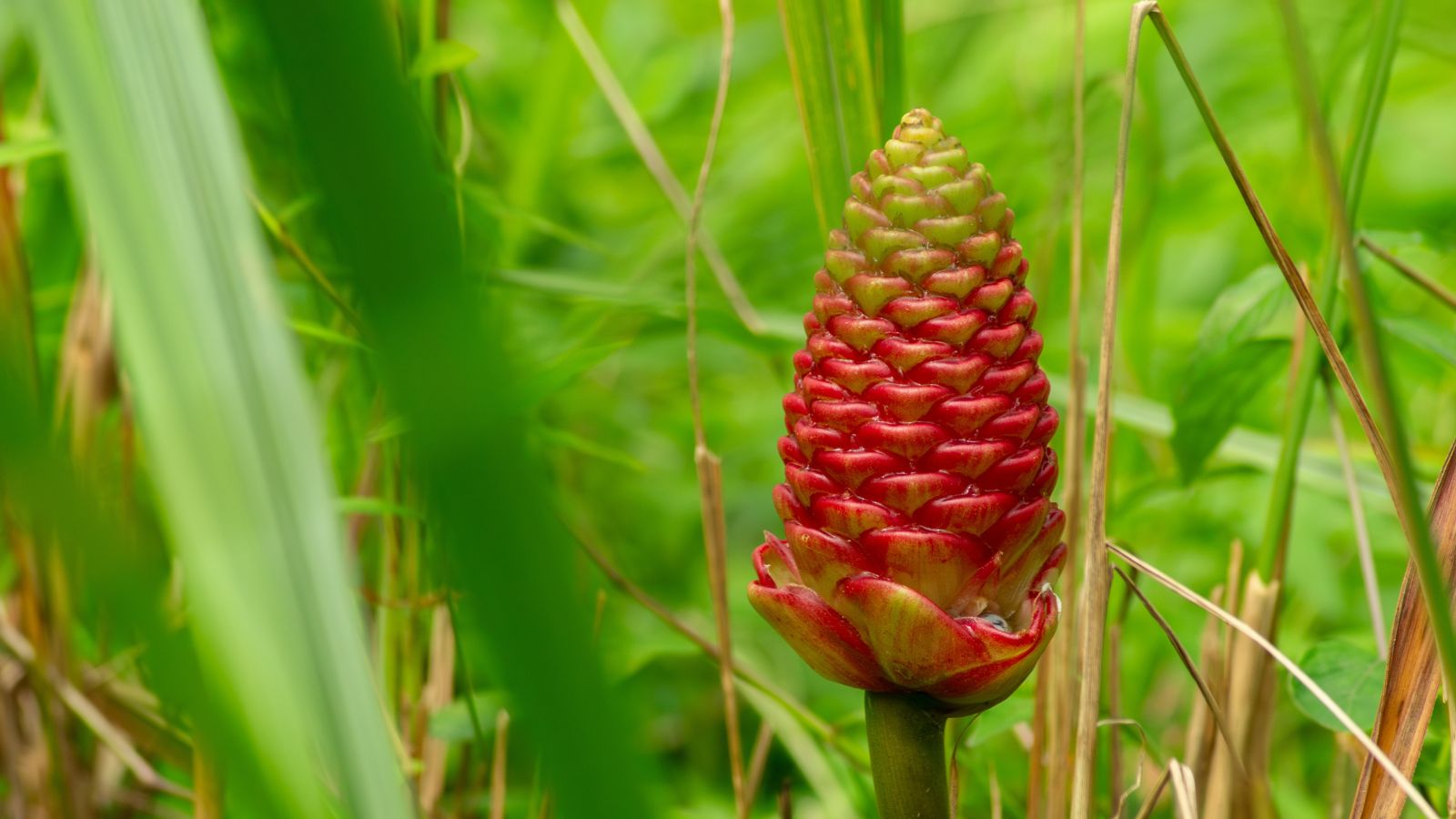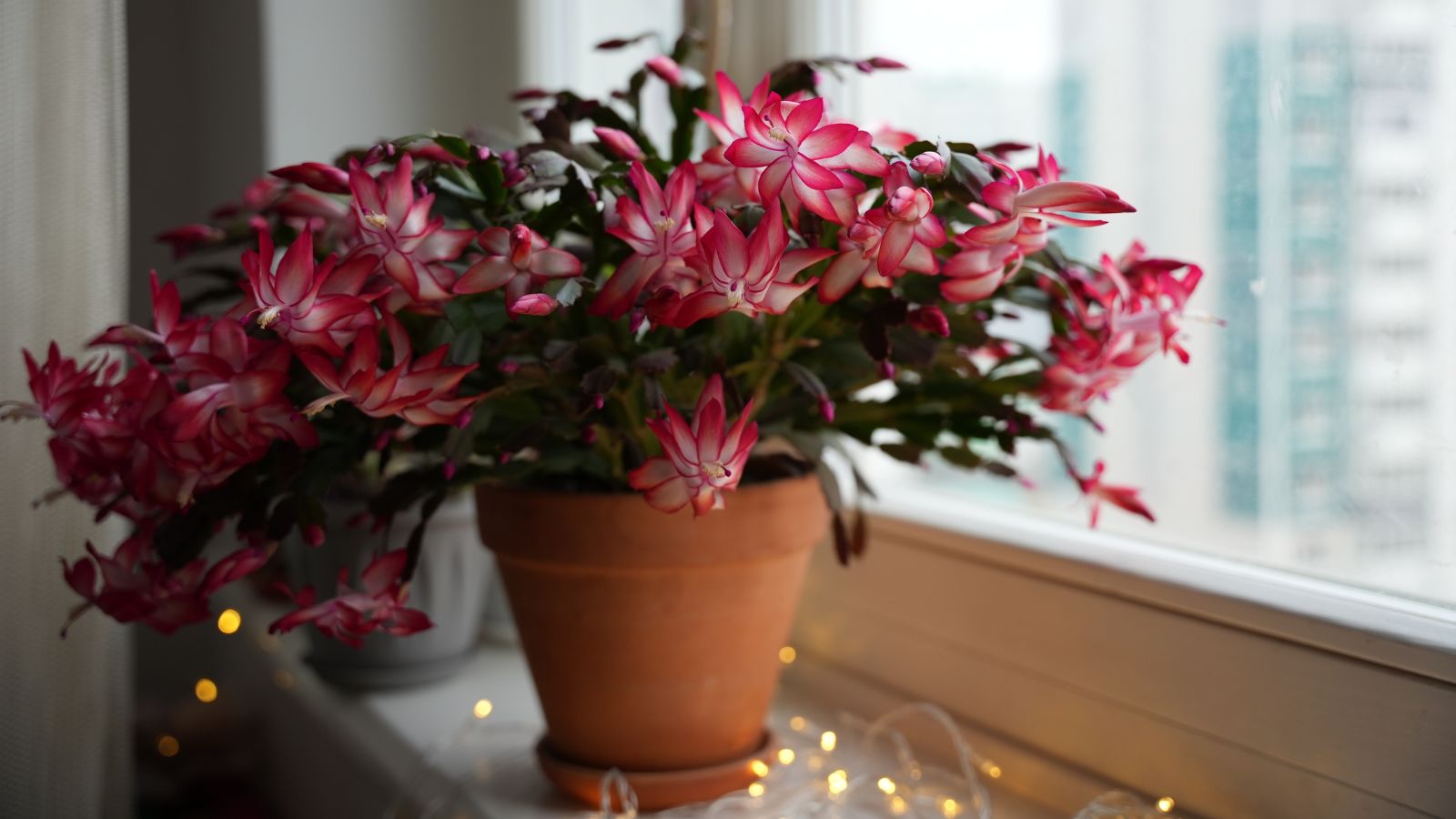PROTECT YOUR DNA WITH QUANTUM TECHNOLOGY
Orgo-Life the new way to the future Advertising by AdpathwayPerfect gardens are overrated. They require constant hedging, mowing, and caretaking to look good, while a messy garden needs little labor to thrive. Plants grow without our help in the wild, so why baby them in the garden?
There’s a wide variety of plant species that’ll create the perfect natural garden look. Native plants are the go-to, as they provide resources for pollinators, birds, and mammals. They’re easy to care for, and they create a natural look that resembles the wild spaces near you.
Alongside native species, grow non-invasive ornamental plants that are easy to contain. Plant plants that are tough and hardy, and choose species that’ll adapt well to the conditions of your garden.

Arizona Cypress – Carolina Sapphire

Arizona Cypress – Carolina Sapphire

Native Plants
 Choose a range of species native to your region.
Choose a range of species native to your region. Native plants are all the rage! They create a natural garden look with their growth habits, and they know how to survive the seasonal changes that are common in your climate. Cacti work well in states with deserts, while evergreen conifers are perfect for gardens in the Pacific Northwest.
Which native plants to grow depends on where you live. The many species of the U.S. thrive in ecological niches that match their growing preferences. It’s difficult to grow plants from out of state, as they prefer other conditions that are common in their native habitat.
Start by finding native wildflowers that grow wild near you. Opt for species of American asters, goldenrods, and coneflowers. Then, add flowering and fruiting shrubs and trees that’ll grow above the perennials. A natural garden look is dependent on many levels of growth, with tall, medium, and short plants.
If you have a choice between a native and a non-native species, opt for the native plant. For example, select the American wisteria in southeastern states instead of the Chinese or Japanese wisterias.
Shade Trees
 Taller shade trees invite pollinators and wildlife to your garden.
Taller shade trees invite pollinators and wildlife to your garden. Shade trees provide shelter for plants, animals, and gardeners below. They reach epic heights, and their branches create nooks and crannies for birds and small mammals to nest in. Trees create a natural garden look simply by existing.
Choose flowering shade trees if you’d like blooms during the growing season. Opt for early spring bloomers like flowering cherries and plums, or choose late-season bloomers like crape myrtles.
If you don’t need blooms, plant evergreen trees that retain their leaves year-round. They’ll help add structural interest, creating an ornamental backbone for other plant species.
It’s best to plant trees in the ground to create a natural garden look. If your yard lacks in-ground beds, plant shade trees in containers and scatter them in a random placement. Use groups of three to create a natural look without the need for complex designs.
Wild Shrubs
 Shrubs offer a range of benefits, from screening to drawing pollinators.
Shrubs offer a range of benefits, from screening to drawing pollinators. A perfect garden has tight, formal hedges and many straight lines. It’ll have straight walkways and square beds, and it’ll need consistent upkeep to look its best. Instead of making hedges, why not create an informal hedge with wild-looking shrubs?
Wild shrubs have irregular outlines and multiple layers. They resemble those of the wild, and they are natural-looking as they mature. You may prune them as necessary to remove branches that are in the way; otherwise, let the shrubs grow uninhibited!
Avoid planting low-growing shrubs in straight rows. Arrange them in curved lines for an informal hedge, or scatter them about the yard in groups of three.
Opt for wild-looking shrubs like serviceberries, beautyberries, and tall roses, or herbs like rosemary and lavender. Clever pruning cuts can enhance their natural shape by promoting dense growth. Remove downward-growing branches, and always keep the plants free of dead, damaged, or diseased wood.
Tough Perennials
 Choose reliable species that don’t require much additional care.
Choose reliable species that don’t require much additional care. Below trees and shrubs, perennials fill bare spots with lush growth for a natural garden look. Their dead stems house overwintering insects, like bees and beetles, that are beneficial for the garden. The more dead stems and decaying plant matter you have, the more wildlife will claim your garden as their home.
A natural garden look relies on things not looking so perfect! For that, you’ll need flowering and floppy perennials. Choose native perennials first, then fill in the blanks with well-behaved garden plants. Select your favorites from these hardy, reblooming perennials:
- Black-Eyed Susan
- Checkermallow
- Columbine
- Coneflower
- Lupine
- Milkweed
- Penstemon
- Poppy
- Sage
- Tickseed
- Violet
- Yarrow
Don’t forget leafy perennials. Plant hostas, colstfoot, and brunnera to enjoy their large, bold leaves. The foliage makes a statement, and it provides a lush backdrop for other ornamental plants.
In warm, frost-free climates, choose perennial succulents and cacti to create a drought-hardy landscape. Match the landscape with the surrounding ecosystem, and choose hardy perennials that thrive with little extra care. Opt for agaves, aloes, and cacti.
Reseeding Annuals
 New flowers pop up each year without replanting.
New flowers pop up each year without replanting. After herbaceous perennials emerge, you may notice bare spots in the soil where weeds can sprout. Prevent weeds from overtaking the natural garden by covering bare soil with reseeding annuals. They’ll flower endlessly this year, then they’ll sow seeds that’ll sprout the next year.
Native annuals are great choices, as are well-behaved non-invasive species. Plant zinnias, marigolds, sunflowers, and phacelias. Sow them thickly to ensure even coverage throughout the garden. The more annuals there are, the more natural the site will look!
Many annuals will continue blooming if you deadhead them, removing their spent blooms. Stop deadheading in late summer and fall to let the plants form seeds for next year.
To ensure your annuals survive, save seeds from some of them and keep them in a container in a cool, dark, and dry location. In spring, plant the seeds in pots indoors. Or, sow them in the ground outdoors.
Ornamental Grasses
 Grasses create movement and texture in the landscape.
Grasses create movement and texture in the landscape. Different textures are essential in creating a natural style for the yard. Wild landscapes aren’t just full of wildflowers—they have grasses, trees, and shrubs, too. Opt for native grasses, or choose exotic species that won’t spread out of control.
Many ornamental grasses now have variegated leaves and showy blooms. For a natural garden look, opt for all-green or purple-leaved varieties that match the grasses of natural landscapes. Avoid planting new, showy cultivars that stick out like sore thumbs in the garden.
Alongside fluffy grass clumps, plant grass-like perennials like rushes and sedges. They aren’t true grasses, though they resemble them. Rush is common throughout the U.S., and different sedge species grow in natural landscapes in most states.
Flowering Bulbs
 Spring and summer bulbs are perfect for planting en masse.
Spring and summer bulbs are perfect for planting en masse. Bulbs are hardy and seasonal. Spring bulbs flower in the spring, and summer bulbs bloom later in the growing season. Grow a mix of both in empty pockets of the garden for year-round color and flower power.
Bulbs are great for making mass drifts of foliage and flowers. Plant dozens of snowdrops for a late winter show that resembles the forest floor in the U.K. Or, consider the illustrious purples and blues of grape hyacinths.
If you want a vibrant and natural garden look, plant bright daffodils, tulips, and camas. They’ll multiply each year in zones where they’re hardy, creating wild-looking clumps that grow larger with age.
Bulbs are ideal for making a natural garden style in small yards or soilless landscapes. Plant them in containers if your space lacks in-ground beds. Choose frost-hardy specimens in cold climates and warm-loving species in mild, frost-free climates.


 3 days ago
9
3 days ago
9





















 English (US) ·
English (US) ·  French (CA) ·
French (CA) ·